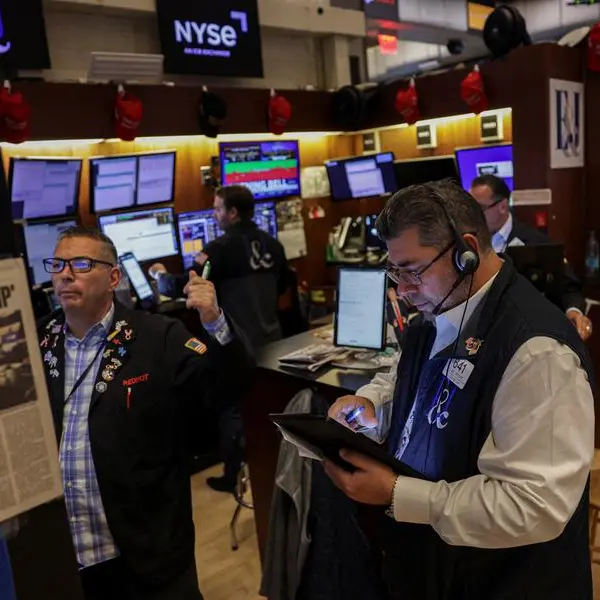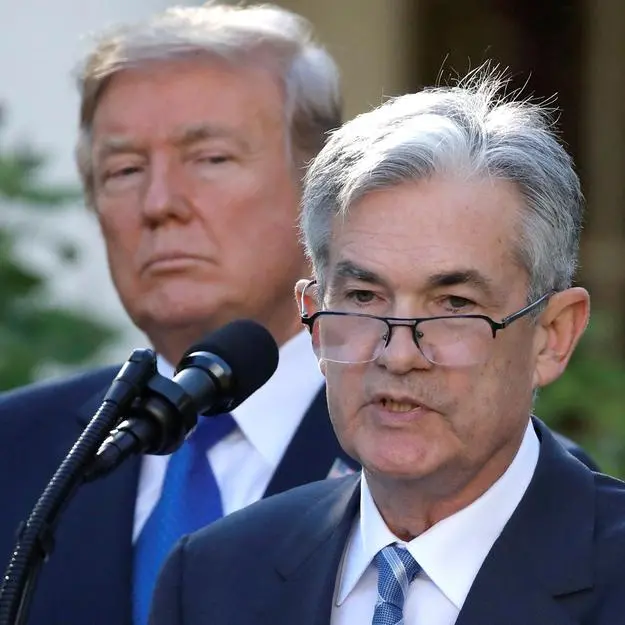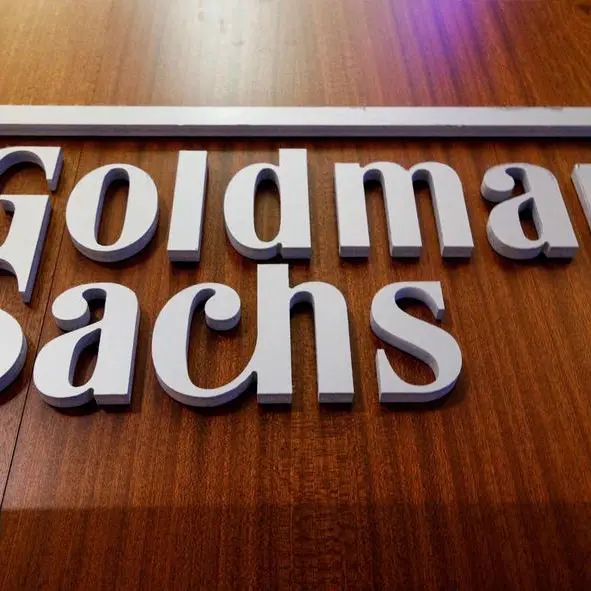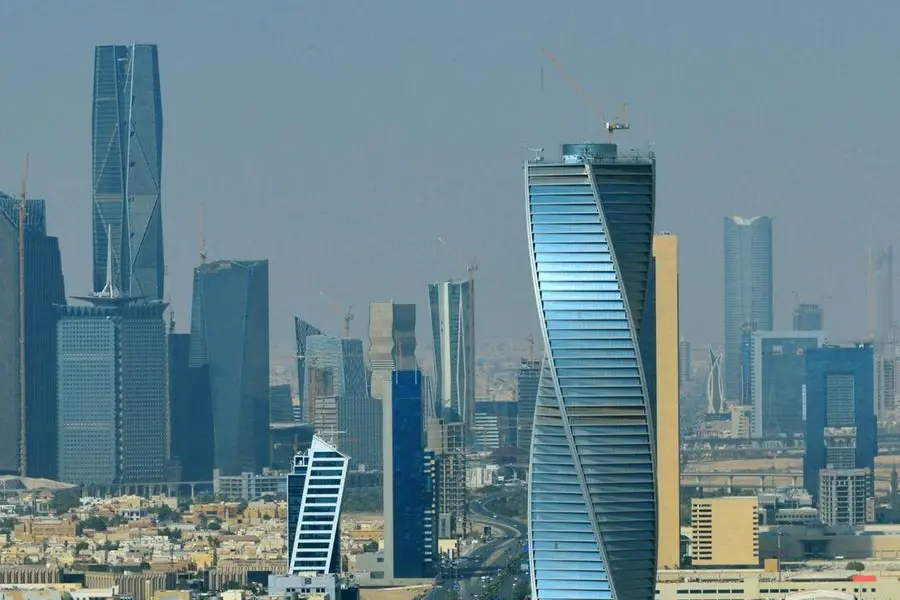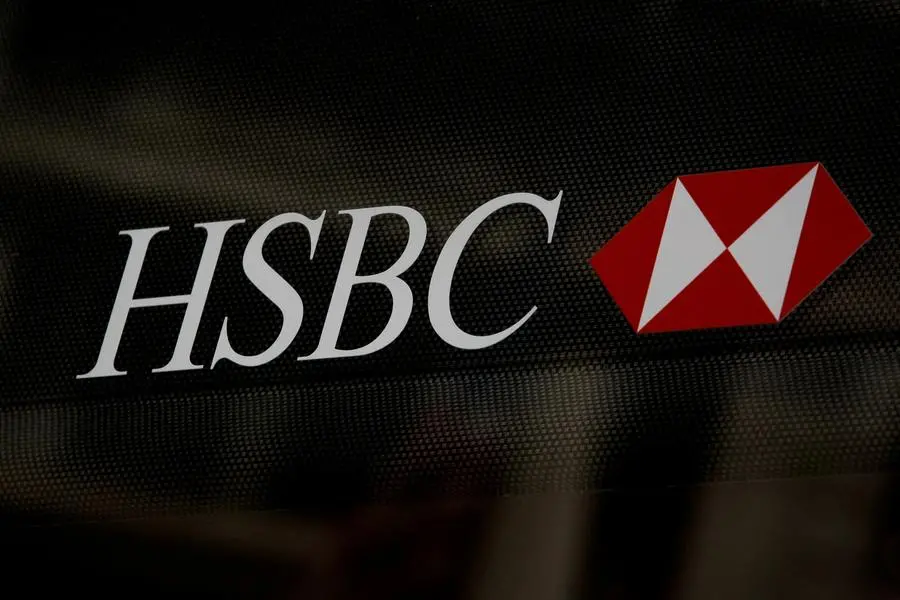PHOTO
VANCOUVER, BRITISH COLUMBIA, CANADA - AUGUST 21: A Canadian National Railway locomotive pulls a train through the CPKC Waterfront Layover Yard on August 21, 2024 in Vancouver, British Columbia, Canada. A labor dispute between Teamsters union members and Canada's two main rail carriers, Canadian National Railway and Canadian Pacific Kansas City, could disrupt supply chains in the United States and Canada. The rail carriers plan to lock out workers at 12:01am EST on Thursday, if a deal isn't reached. Andrew Chin/Getty Images/AFP (Photo by Andrew Chin / GETTY IMAGES NORTH AMERICA / Getty Images via AFP)
The Canadian economy grew more than expected in the second quarter, driven by higher public spending, business investment and household spending on services, the national statistics agency announced on Friday.
Gross domestic product rose by 2.1 percent on an annualized basis, but GDP per capita continued to decline for a fifth consecutive quarter.
Analysts had predicted an increase of around 1.5 percent for GDP in the second quarter.
The GDP figures come before Canada's central bank is to announce its monetary policy next week, with observers expecting a third consecutive lowering of its key lending rate.
In July, the Bank of Canada fixed the rate at 4.5 percent, noting that inflationary pressures were easing.
"Real gross domestic product advanced 2.1 percent, beating both private sector economists' expectations and the Bank of Canada's forecast," Desjardins analyst Royce Mendes said in a research note.
However, he added that "household spending growth remained relatively slow with Canadians continuing to save a significant share of their incomes."
Friday's figures showed that government spending had increased by 1.5 percent in the second quarter due to wage increases for employees.
Canada's statistics agency also noted a drop in exports of gold, passenger cars and light trucks, while it said exports of refined petroleum products were moderated by higher exports of crude oil and bitumen.
Economic growth for the first quarter was revised to 1.8 percent, up from the 1.7 percent first announced in May.



